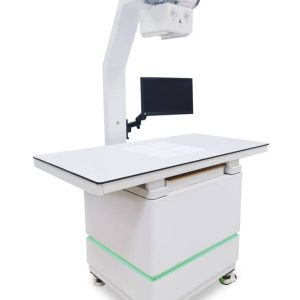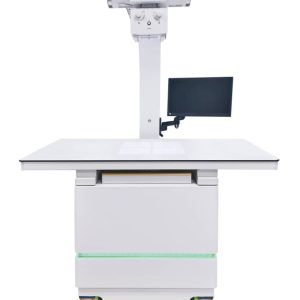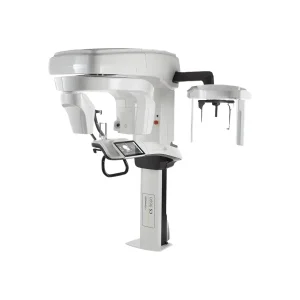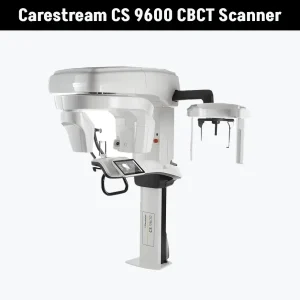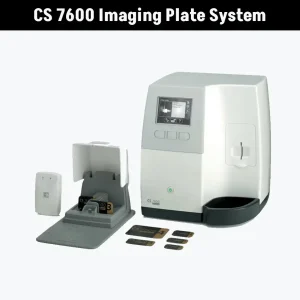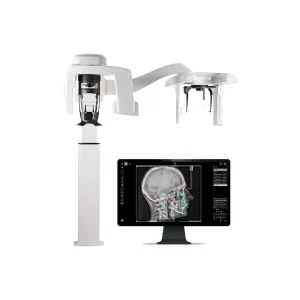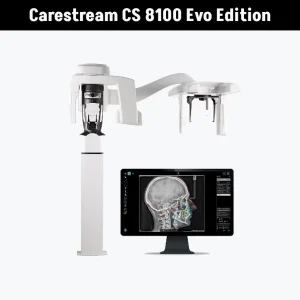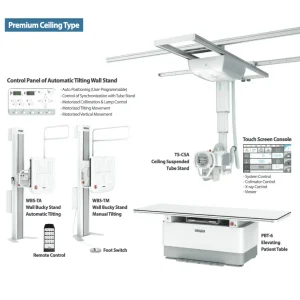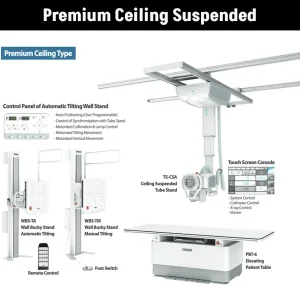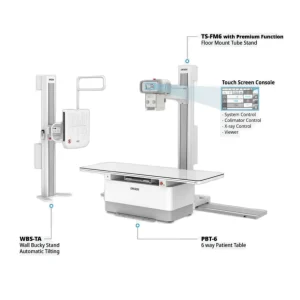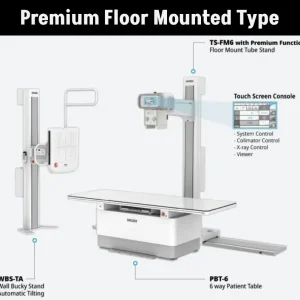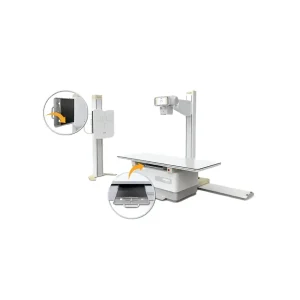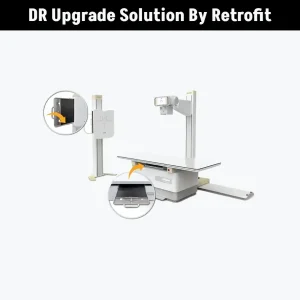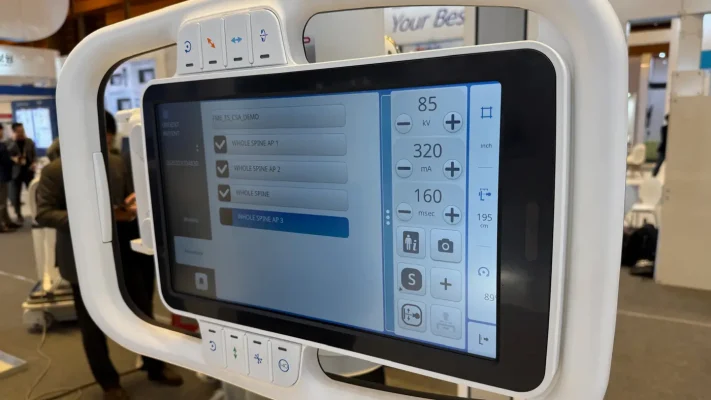Home » How to Care for Medical Imaging Systems in your Workplace
The essential role of IT in diagnostic imaging
In the field of diagnostic imaging, the integration of information technology (IT) is not just beneficial—it is essential. However, it’s crucial to recognise that medical imaging systems, like all medical devices, operates within a specialised environment that demands meticulous attention to safety, functionality, and regulatory compliance.
Misguided IT interventions can inadvertently compromise patient safety, damage equipment integrity, and lead to legal repercussions.

Sam, Medic Cloud Managing Director
The risks of unauthorised software installations
Installing third-party applications on x-ray or other medical imaging systems without explicit manufacturer approval can have serious consequences:
-
Warranty voidance: Most manufacturers stipulate that unauthorised modifications, including software installations, void warranties. This means healthcare providers become financially responsible for any necessary repairs or replacements.
-
Regulatory non-compliance: In Australia, medical devices—including diagnostic imaging systems—must be approved by the Therapeutic Goods Administration (TGA). Compliance with these regulations requires that systems remain unmodified in their approved state. Any software changes or unauthorised modifications may render a system non-compliant, risking legal and operational consequences.
-
Operational disruptions: Medical imaging devices often rely on proprietary and legacy systems. Introducing unapproved software can cause system conflicts, leading to malfunctions or inaccurate diagnostics.
-
Security risks: Unauthorised software can introduce security vulnerabilities, jeopardising patient data and system integrity.
Maintaining diagnostic imaging systems in their original, manufacturer-approved state is critical to ensuring warranty protection and full compliance with Australian medical regulations.
Security considerations for medical imaging systems
While traditional antivirus (AV) and endpoint detection and response (EDR) solutions are standard in general IT environments, their application in medical imaging requires caution:
-
System compatibility: Medical imaging systems often operate on Windows Long-Term Servicing Channel (LTSC) or embedded operating systems. Standard AV or EDR tools may be incompatible, potentially impairing system performance.
-
False positives: The unique configurations of medical imaging systems can trigger false alerts in conventional security software, leading to unnecessary system interventions or downtime.
To ensure security without disrupting functionality, healthcare providers should consult qualified engineers who specialise in medical imaging equipment. These professionals can implement security measures that align with both technical specifications and regulatory requirements.
X-ray equipment we offer at Medic Cloud
What happens if x-ray equipment is misconfigured?
Incorrect configuration of x-ray and other imaging systems is not just a technical issue—it can have serious consequences:
-
Patient safety risks: Incorrect settings can result in overexposure or underexposure to radiation, impacting diagnostic accuracy and endangering patient health.
-
Equipment damage: Misconfigurations can strain equipment, accelerating wear and tear or causing sudden system failures.
To prevent these risks, only personnel with specialised training should adjust system settings.
What access levels exist for diagnostic imaging systems?
The level of access to medical imaging systems varies across different healthcare environments:
-
Hospitals: Imaging systems are typically secured, with in-house IT staff responsible for network connectivity and port access, but not direct system interactions.
-
Smaller clinics and practices: In settings such as chiropractic offices, veterinary clinics, or private radiography centres, access restrictions are often more relaxed. This can inadvertently allow unqualified personnel to access and misconfigure equipment.
Regulatory compliance and authorised access
In Australia, the operation and maintenance of diagnostic imaging equipment are subject to strict regulations:
-
Radiation use licences: Individuals operating this equipment must hold appropriate licences. For example, surgeons using fluoroscopic x-ray units must obtain specific licences.
-
Equipment compliance: Diagnostic x-ray units must undergo mandatory testing to ensure compliance with Australian radiation safety standards.
Access to medical imaging systems should be restricted to authorised licence holders to maintain compliance and ensure safety.
We are the trusted partner for diagnostic imaging IT
At Medic Cloud, our team comprises qualified, licensed, and authorised professionals with expertise in diagnostic imaging technology and full compliance with Australian regulations.
Our specialists have extensive experience in x-ray system installation, maintenance, and regulatory compliance. Medic Cloud’s Director, Sam Ogutucu, holds radiation use licences in all Australian states and is listed as a Consultant Radiation Expert for the Environmental Protection Authority (EPA) and an approved Tester with the Department of Health. These credentials enable Medic Cloud to provide the highest level of professional oversight, ensuring that imaging systems remain safe, compliant, and fully operational.
We strictly adhere to manufacturer guidelines and regulatory frameworks, ensuring:
-
Cybersecurity protection without voiding warranties
-
Radiation safety compliance
-
Secure operation of Windows LTSC/Embedded OS environments
For smaller clinics such as chiropractic, veterinary, or private radiography centres—where systems are often left unsecured—our team offers tailored security and compliance solutions. This ensures that only licensed professionals access your systems, reducing the risk of misconfigurations by general IT personnel.
If you need qualified and certified support for your medical imaging equipment, Medic Cloud is the trusted partner for compliance, safety, and uninterrupted performance.
Read more blogs

Subscribe to Medic Hub
Get the latest insights direct to your inbox.

